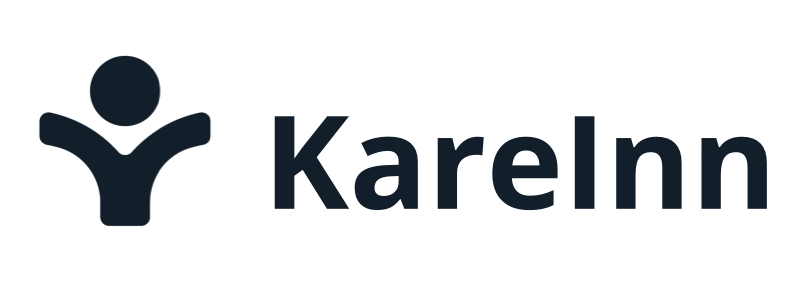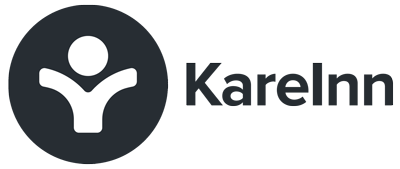It might be surprising to you how quickly carers adapt to electronic care planning.
The reason; the UK is a smartphone society. More than 8 out of every 10 adults own a smartphone. For many people, a smartphone is the first thing they touch in the morning and the last thing they touch at night. Smartphones are the digital equivalent of a Swiss Army knife as they have subtly replaced the alarm clock, flashlight, stopwatch, calculator, voice recorder, camera, scanner, newspapers, books, maps, GPS devices and dozens of other everyday items in our lives.
However, many people don’t realise the computing power of the smartphone in their pocket. We went to the moon with less computing power than is in our smartphones today. The definition of a computer has changed and it includes a mobile device. More and more people consider their smartphone not a desktop or laptop computer as the most important device for social networking, getting directions or other online activities.
Given the slow adoption of digital solutions in residential care homes, carers are more likely to use more technology in their social life than their professional life. This means that carers can adapt quickly and easily to electronic care planning.
Many stakeholders in the care industry today still think that it’s necessary to send staff on “computer literacy” training courses in order to get carers to use digital solutions to improve the quality of life for residents, carers and management in care homes.
One care home owner we spoke with spent £3,000 on a paper care planning system because only 1 in 10 of his care staff was computer literate. However, our quick and informal survey of his staff revealed a very high percentage of smartphone ownership. Care homeowners and management need to recognise their staff’s existing skills and stop thinking that it’s necessary to sit in front of a desktop computer in order for their staff to benefit from digital solutions like care planning.
“The problem lies with the user experience design of digital solutions for the care industry.”
To be fair, a lot of the existing care home software has a backbone of legacy software that is cumbersome to use. If you demo software with a company and the demo just touches the surface then you’ll want to probe a lot deeper. It’s easy to put an attractive skin on an old system.
The problem also lies with the user experience design of digital solutions for the care industry. Too many of the solutions in the care industry today are designed by software engineers and programmers that have too little of an understanding of their users. However, well-designed solutions are out there, and KareInn is one of those more advanced solutions.
Any digital solution, including care home software such as a care planning app, should be intuitive. Solutions should demonstrate an understanding of its users by building on what they already know and be easy to use.
The real test of a well-designed solution is that users should require almost no training to use it. Forget training staff on cumbersome, complex software. Forget computer literacy courses.
Use the devices they most likely already use in their personal life and support them to use the existing skills that enable them to spend more time with residents and less time on paperwork.
KareInn is a well-designed solution. Our users find it easy to use and require minimal training.
Our biggest users were not trained by us but learned how to use the software from colleagues in approximately 10 minutes.
As a result of good design, carers are able to save time when doing their residents’ daily diary. The average care home can realise an extra 1,000 hours of care without any extra staff. Because carers find it easy to use, they also wind up recording more activities in more specific detail.
We found, on average, carers were recording 5x the amount of detail in the daily diary, which is important because the regulator is fond of saying “if it isn’t recorded, it didn’t happen”. That’s a benefit you can’t ignore.
Click here if you’d like to find out about our easy onboarding process or how KareInn benefits care staff.



